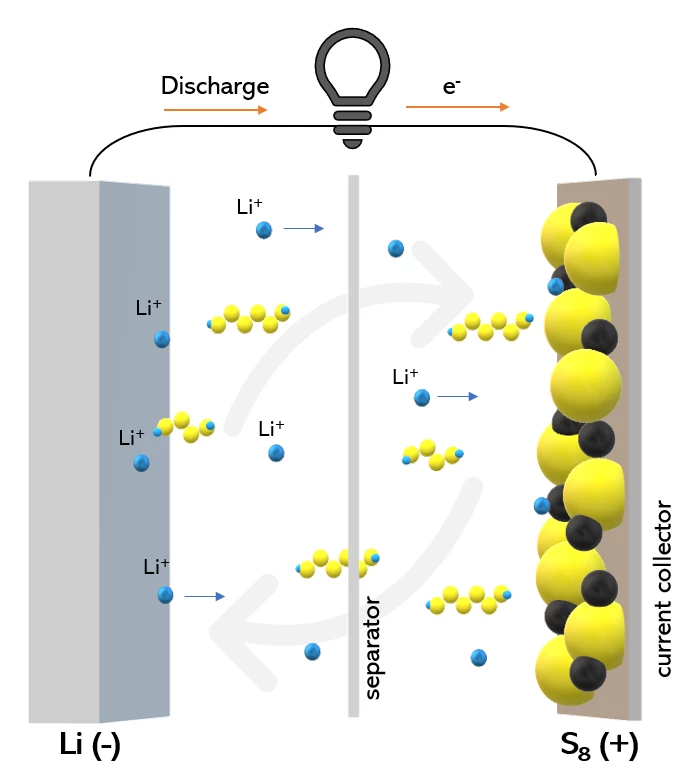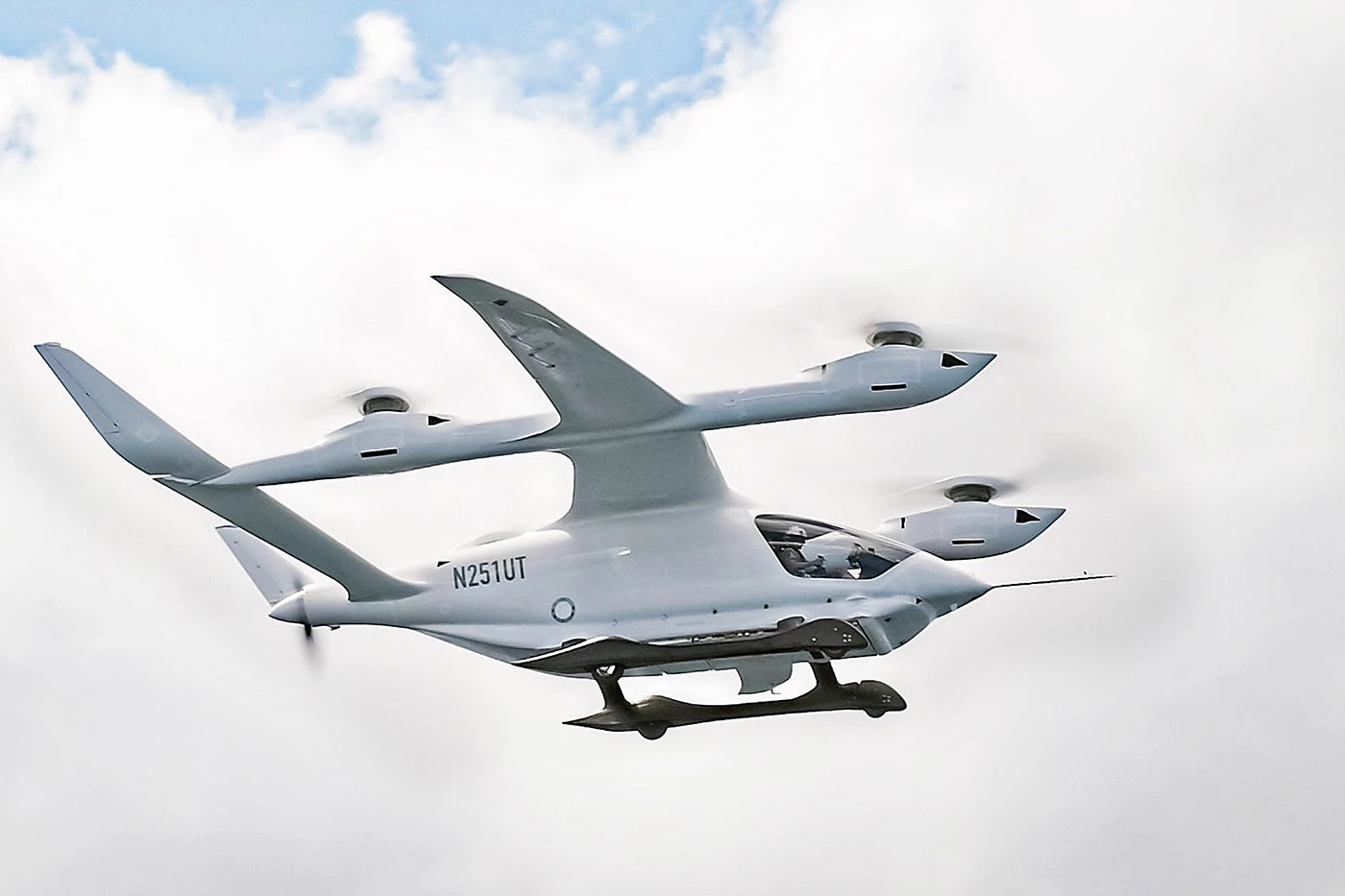Researchers at Australia's Monash University are close to solving one of the biggest challenges with eVTOL aircraft. The team's new lithium-sulfur battery tech is designed to deliver roughly twice the energy density of lithium-ion (Li-ion) batteries, as well as speedy charging and discharging – enabling the sort of power delivery needed in the skies.
Until now, lithium-sulfur (Li-S) batteries have held promise for high-density energy storage, but they suffer from slow charging and discharging. The Monash researchers figured out that using a polyvinylpyrrolidone complex – a unified chemical compound with different properties than each of its three individual components – as a facilitator accelerates chemical reactions within the battery.
This leads to faster charging and higher energy densities, as they noted in a paper published in Advanced Energy Materials. According to the team, the new batteries are not only faster and denser, but also significantly lighter and cheaper to produce.
"With discoveries centered on readily available materials, we have the opportunity to transition to manufacturing," said Professor Mainak Majumder. That's a nod to a clever discovery the researchers made as they developed this faster battery. PhD candidate Maleesha Nishshanke noted, "Inspired by the chemistry of betadine, a common household antiseptic, we found a way to accelerate the charge and discharge rates."
It's interesting to note that while we've been using lithium-ion batteries in everything from cars to smartwatches after they were invented in 1980, lithium-sulfur batteries were first developed some 20 years earlier. However, several drawbacks arose due to their internal chemistry, and that's prevented them from being widely adopted.

Because they use sulfur as a cathode and lithium or lithium-ion as an anode, Li-S batteries don't evenly re-deposit lithium on the anode during recharging. Chemical deposits that spread from the lithium anode degrade both the anode and electrolyte, leading to fewer charge cycles (less than half of a Li-ion battery), reduced power delivery, and the chance of short circuits or even fires.
With innovations over the years and Monash's latest breakthrough, we might soon see Li-S batteries adopted more widely. The researchers are confident their lightweight tech would make a great fit in drones; they plan to demonstrate its capability in commercial drones and eVTOL aircraft within a year.
"Our catalyst has significantly enhanced the C-rate (the rate of discharge relative to its max capacity) performance of Li-S batteries, demonstrated in early proof-of-concept prototype cells," Professor Majumder explained. "With commercial scaling and larger cell production, this technology could deliver energy densities up to 400 Wh/kg. This makes it well-suited for applications requiring dynamic performance, such as aviation, where batteries must handle high C-rates during take-off and efficiently switch to low C-rates during cruising.”

That's a major lead over conventional Li-ion batteries, which currently have an energy density between about 150-235 Wh/kg. A recent silicon composite anode battery alternative from ProLogium for EVs displayed an impressive 321 Wh/kg density, but it hasn't yet gone into production.
Quick discharge is key for eVTOL aircraft, because you need to have high power output for both takeoff and landing – and the latter typically happens when you're a low state of charge. It's important enough that German air taxi manufacturer Lilium signed up with battery maker Ionbox for exclusive rights over its tech, which is purpose-built to handle these specific requirements with a silicon-dominant anode in its cells.
Another benefit of Li-S batteries is that they reduce reliance on rare resources like cobalt. Extracting them can be expensive and harm the environment. Sulfur, meanwhile, is plentiful and easy to come by.
Monash University has launched a startup called Ghove Energy to attract investment and bring this tech to market. The research team is still working on speeding up both charging and discharging times further, and reducing the amount of lithium needed per cell.
Meanwhile, China's CATL is also keen to get its condensed batteries designed for eVTOLs off the ground. It unveiled this tech last year, announcing an astounding 500 Wh/kg energy density. The company noted in July that its batteries "are currently being tested in planes, allowing 4.0-ton aircraft to take off." The firm hopes to support larger aircraft soon, and power four-seater private aircraft on flights of up to 1,865 miles (3,000 km) over the next couple of years. That will set a high bar for Li-S batteries to clear in the near future.
Source: Monash University





